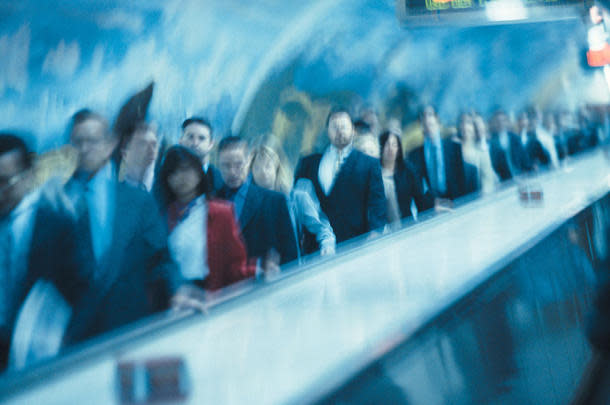Will new MRT stations ease peak-hour traffic?

By Lisa-Ann Lee
Come 2017, residents living in Tampines West and near Bedok Reservoir will no longer have to take a feeder bus to the MRT station.
The Land Transport Authority recently announced that it had awarded contracts to Italian company Cooperativa Muratori & Cementisti-CMC di Ravenna to build the Tampines West and the Bedok Reservoir stations on the Downtown Line. These two stations will be part of its final eastern section that will stretch from Expo to Bukit Panjang. The line will also serve the country's fourth university — the Singapore University of Technology and Design — as well as the new financial district in Marina Bay.
Located east of Bedok Town Park and at Tampines Avenue 4, two of Singapore's most populated housing estates, the new stations will serve residents and schools in the areas. However, while the addition of these new MRT stations is a welcome, and some would say long overdue development, there are also a few questions that this announcement raises.
First, does having more stations mean that trains will be less crowded during rush hour? One of the ongoing complaints that commuters have is that trains are usually so crowded during the morning and evening peak hours that boarding the trains has become a test of how far one is willing to encroach on another's personal space (and vice versa). Given that the Downtown Line will be serving the new financial district at Marina Bay, it will be interesting to see whether the situation in 2017 will be similar to the one that commuters are facing in places such as Tanjong Pagar right now.
Secondly, will the new stations have the same design infrastructure as the older ones? This is an important issue to consider, as it will determine whether trains will run more frequently. The other major complaint that commuters have is the frequency at which trains run, especially during rush hour. According to a letter published in The Straits Times forum last July, an SMRT representative wrote: "During peak periods at our busiest sectors, trains are already running at two to three minutes. This is the highest frequency our network can maintain given the system's design."
What this implies is that it is not so much a question of adding more services to the train schedule but upgrading the system's design infrastructure to allow trains to run more frequently.
CMC di Ravenna's credentials certainly sound impressive; their past underground projects include a high-speed railway between Bologna and Florence and a 13.3km-long tunnel that was built as part of China's Yellow River Diversion Project. The new MRT stations will double up as Civil Defence shelters and while they will no doubt make residents' lives more convenient, it remains to be seen whether they will encounter the same problems that have plagued other MRT stations in high-density districts.
For the most authoritative and comprehensive listing of properties for sale or rent, go to www.iProperty.com.sg For more property news, real estate reports and celebrity home features, head to www.iproperty.com.sg/resources.

